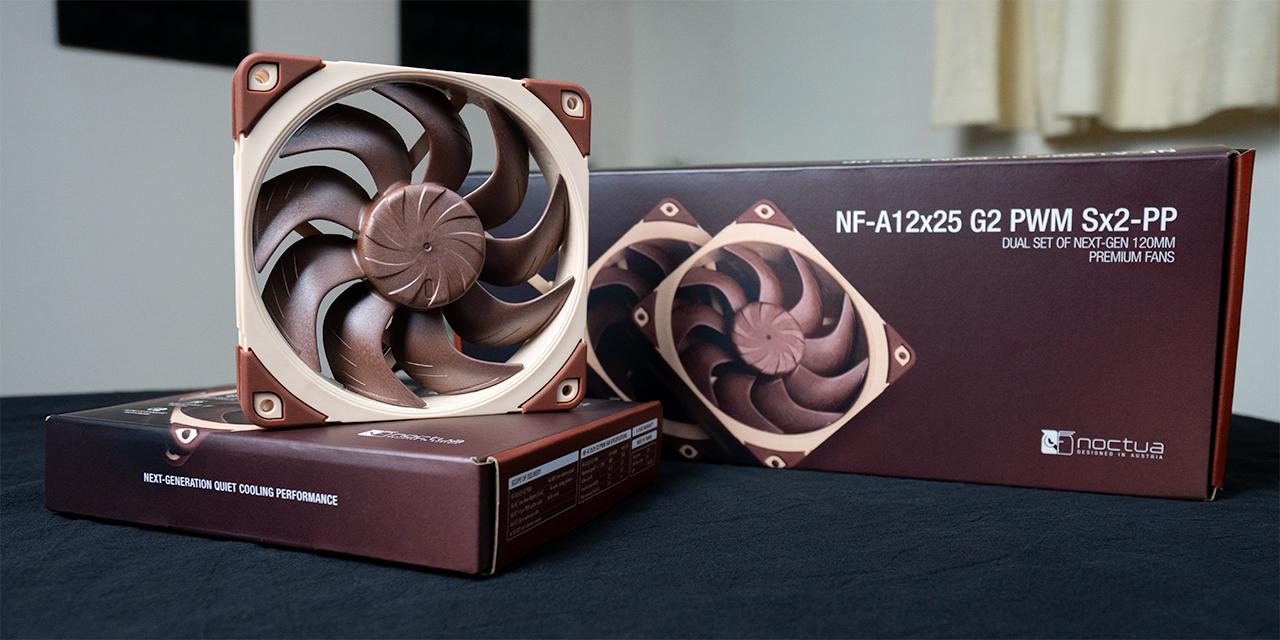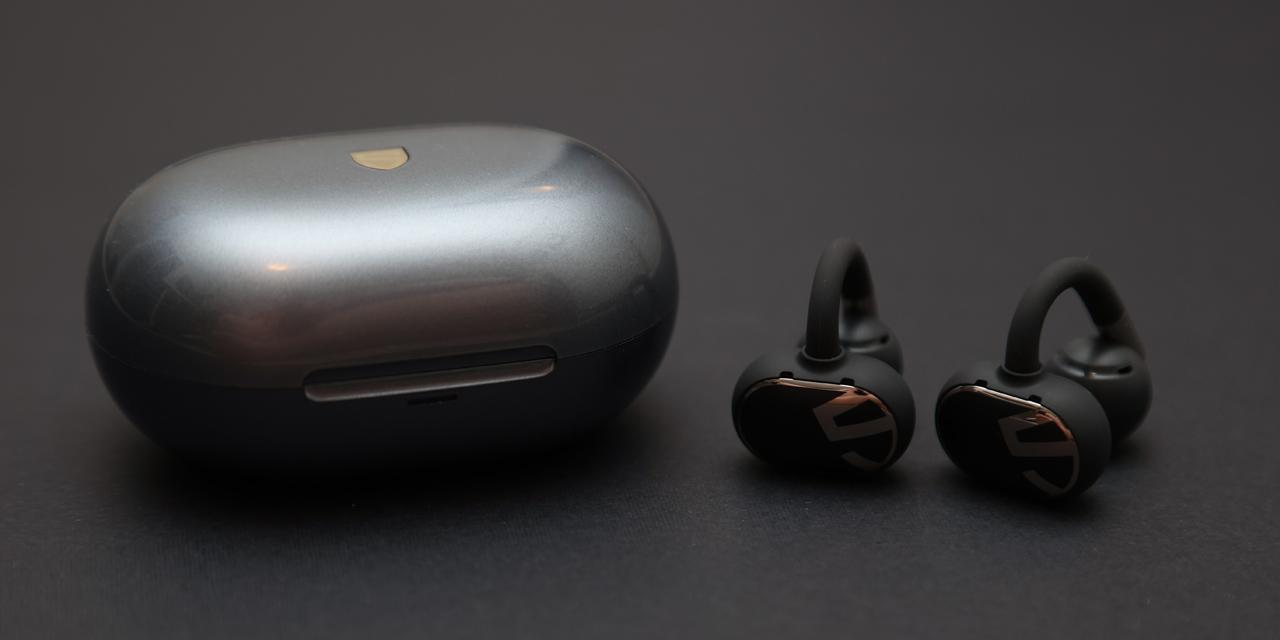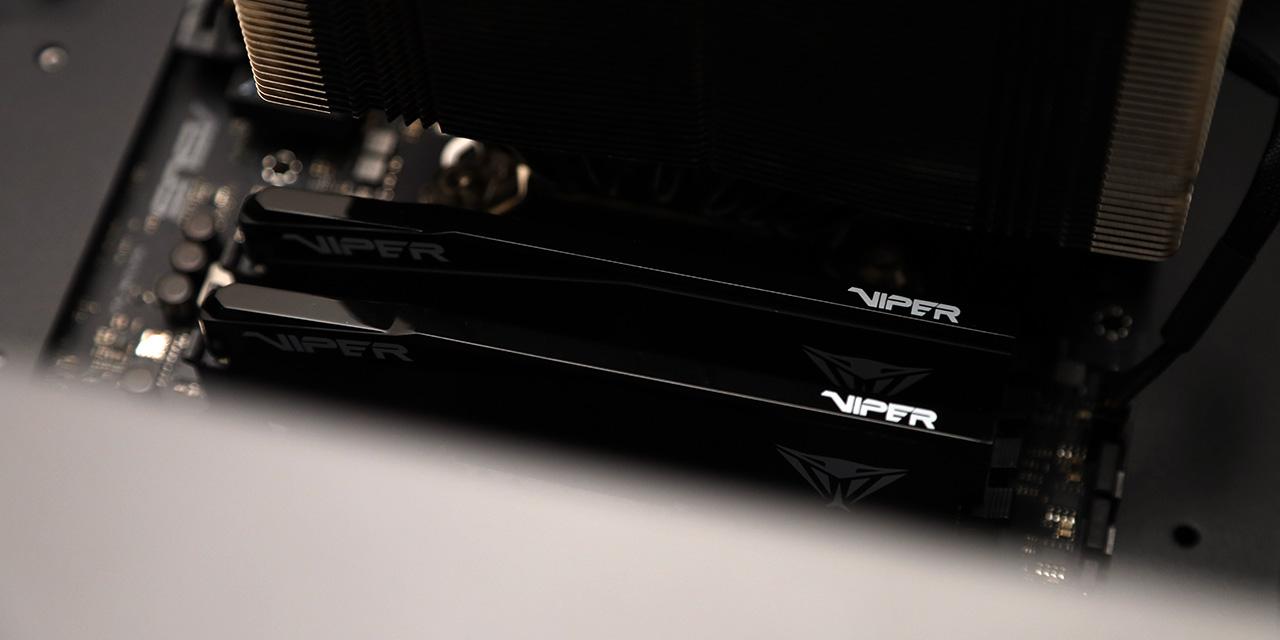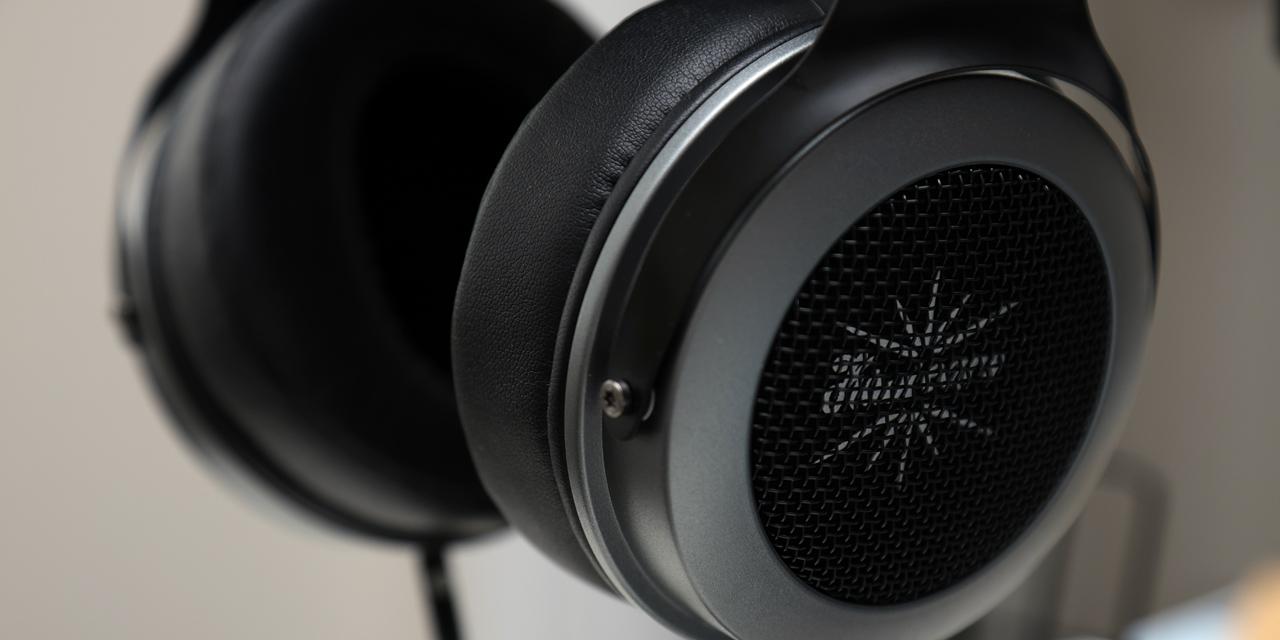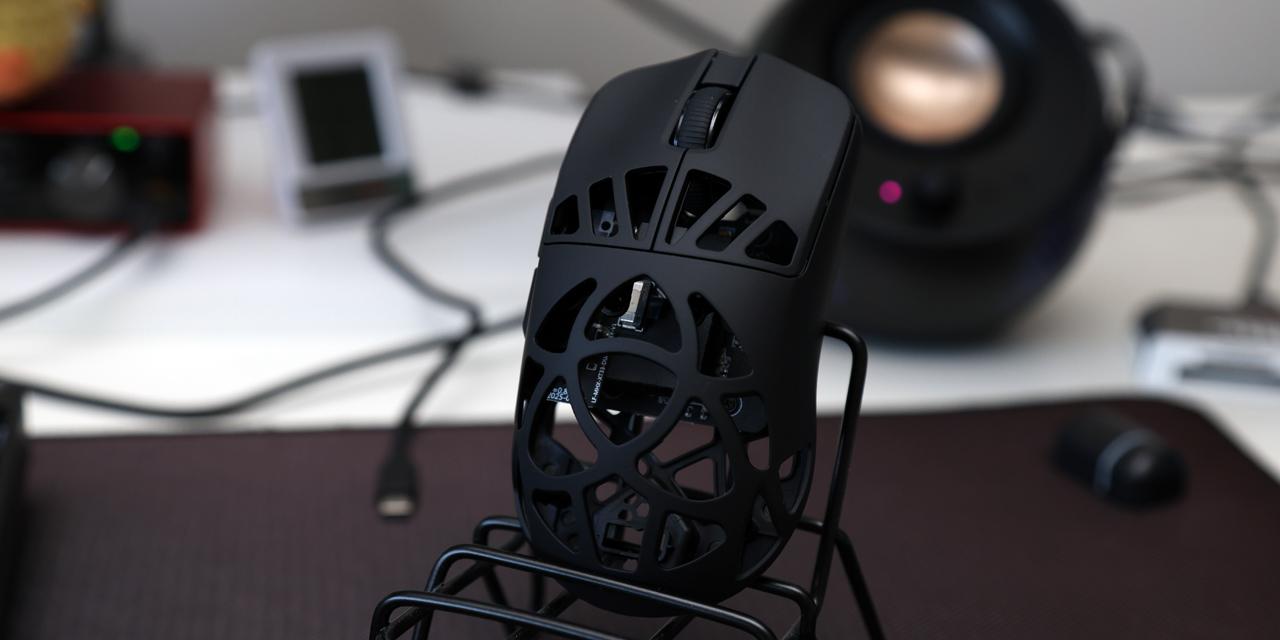Page 2 - A Closer Look - Hardware and Software

The MechLands AULA F99 Pro I have is in the black, gray, and white color scheme, which is a primarily white frame with black and gray accents. There are four other variations, including a white frame with black and blue accents, a white frame with gradient blue side-printed keycaps, a black frame with green and white accents, and a black frame with gradient gray side-printed keycaps. Our AULA F99 Pro has a high bezel design with small gaps between the keys to allow the RGB LED lights to shine through. Due to the gap, it is possible to see the switches below the keycaps. There is minimal branding. The only places with the AULA logo are the USB dongle and the back of the keyboard. The knob at the top right feels like a scroll wheel, where rotating it causes a click with discrete incremental steps. The F99 Pro does not come with a wrist rest, but you can use one from another keyboard.
The dimensions of the F99 Pro are 406.76mm in length, 139.31mm in width, and 42.38mm in height. The mass of the keyboard is 1205g. Towards the edges of the frame, there is a stepped design with rounded corners. When I push down around the edges of the frame, I do notice that there is some flex. There is even more when pushing down directly on the keys, but this is an intentional design that I will talk about on the next page. The keyboard flexes slightly when applying some torque on the ABS plastic frame.

The layout of the F99 Pro is rather unique. I would describe it as a semi-exploded 96% QWERTY ANSI layout with ninety-nine keys and a push knob. The manufacturer states that there are actually a hundred keys, but I think this number includes the knob. The function keys and number pad are separated from the main keys, but the arrow keys are not. The bottom row is missing the Windows and Ctrl key on the right side of the space bar, so it is a non-standard bottom row. To the left of the Caps Lock key and the top of the Num Lock key, there is a white LED light to indicate when they are active.

When purchasing the F99 Pro, there are two choices for keycap design, which include top-printed or side-printed. Both options of keycaps are Cherry profile double-shot PBT. I measured the thickness to be about 1.5mm. There are some inconsistencies in the font and alignment throughout the keyboard. For example, the F4 key has a bold F but a regular 4. Most keys are left-aligned, but the "Win" key is centered-aligned. This likely is not much of an issue for most, but it can be distracting. All keys are standard-sized except the right Shift key, which is 1.75U instead of the standard 2.75U.

On the top edge of the keyboard, there is a USB Type-C port for the wired connection, a button to control which mode the keyboard is in, and a rectangular housing for the USB Type-A dongle. The housing has a magnet to hold the dongle in place. There are three ways of connecting to the computer: Wired USB Type-C, Bluetooth, and 2.4GHz through the dongle. There is no noticeable lag when connecting through the wire or dongle due to both having a polling rate of 1000Hz. When connecting through Bluetooth, I noticed a small amount of lag, which is expected, since it polls at 125Hz. The cable is about 1.6m long. Near the four corners, there are rubber pads to prevent sliding. All four feet have rubber pads as well. There are two feet on each side at the back of the keyboard, with a short and a long one to adjust the typing angle.
In Bluetooth mode, three devices can be paired at once. To pair to the first slot, hold Fn + 1 until the 1 key flashes blue. Likewise, paring to the second and third slot requires holding Fn + 2 and Fn + 3 until the respective number key flashes blue. The keyboard can quickly switch between the paired devices by pressing the above key combinations instead of holding them. To check which device it is connected to, you can hold the Fn key, and the corresponding number will glow white. If the connected device uses a different operating system, be sure to adjust the keyboard accordingly to ensure the function keys work properly. The different modes are accessed by pressing Fn + Q for Android, Fn + W for Windows, Fn + E for Mac, and Fn + R for iOS. Once again, the current active mode can be checked by holding Fn. According to the manual, the function keys generally do the same thing across different modes:
F1: Decrease screen brightness
F2: Increase screen brightness
F3: Change between windows
F4: Return to desktop
F5: Decrease LED brightness
F6: Increase LED brightness
F7: Previous song
F8: Play/pause
F9: Next Song
F10: Mute
F11: Decrease volume
F12: Increase volume
The exception is when the keyboard is in Windows and Mac mode. In Windows, the functions are accessed by combining the respective F key with Fn. Pressing Fn + F1 opens the default browser homepage, Fn + F2 opens the Mail program, and Fn + F4 opens the File Explorer program. In Mac, F3 does not have any function. I tested Android and Windows mode, which both worked perfectly. I was unable to test Mac and iOS, as I do not own devices with those operating systems.
The two batteries inside the F99 Pro provide a capacity of 8000mAh, so it can operate for a long time in wireless mode. The manual says when the LEDs are on the default RGB pattern, it will last approximately 32 hours. When all LEDs are off, it can operate for about 400 hours. During my testing, I set the LED to max brightness and chose a pattern that flashes between colors very quickly. Despite these intensive parameters, I was able to get approximately 54 hours of battery life with automatic sleep turned off, which is higher than expected. By default, the keyboard sleeps after 5 minutes of idling, but this can be adjusted in software.
I would describe the sound profile of the F99 Pro as being creamy, marbly, and clacky. When I type with a lot of force, the clack becomes apparent. It sounds like marbles clacking together with dampening on the higher frequencies. When I type lightly, the sound becomes warmer and mellow. There is no noticeable case pining or echoing sounds. The typing experience is pleasant. It is smooth due to the linear switches and gentle on the hands, as there is a small amount of flex with each key press. There is also no detectable ghosting when typing, since the keyboard has full N-key rollover.

Considering that the box advertises the keyboard as having "cool backlight effect", I expect greatness from the RGB features. The brightness is decent. There is a bar between the Esc and F1 keys with two modes of RGB atmosphere light and battery indicator light. In atmosphere light mode, it will display RGB patterns, but it is separate from the rest of the keyboard lights with no option to synchronize them. In battery indicator mode, it glows green, yellow, orange, and then red to indicate the battery level. When the indicator turns red, the LEDs are automatically turned off to reduce power consumption. As for the knob, rotating it adjusts the LED brightness and pressing it switches the RGB pattern. However, it can be changed to control volume by holding it down until the Caps Lock and Win keys flash blue. In this new mode, pressing the knob will mute or unmute sound, while rotating it will adjust the volume. There are a lot of shortcuts for controlling the LEDs listed in the manual, which include:
Fn + up arrow: Increases light brightness
Fn + down arrow: Decrease light brightness
Fn + left arrow: Decrease RGB effect speed
Fn + right arrow: Increase RGB effect speed
Fn + \: Switch light pattern
Fn + Tab: Switch light color
Fn + right Shift: Switch the light mode of the bar
Fn + /: Switch the light color of the bar
Fn + right Alt: Change the light brightness of the bar
Fn + .: Change the RGB effect speed of the bar
Fn + B: Switch the bar into battery indicator mode

All the keys can be remapped on the software key assignment page except for Fn and all function keys. The keys can only be mapped one at a time. There are four states for the keyboard: Default, FN1, FN2, and Tap, each with its own set of key mappings. Default is when you are typing normally, FN1 is when Fn is held down, and Tap is when a key is held. The way tap works is counterintuitive, since it requires you to hold the key down. Tap is off by default, so it will need to be turned on. The duration of the hold can be changed using the sensitivity slider below where the tap feature is turned on. I did not mention FN2, because its activation is not mapped to a key by default, but it would be accessed through the same way FN1 is. The button to reset a key mapping can only reset one key at a time. To reset all mappings, you could either delete the profile and create a new one or factory reset the keyboard.
There are two pages dedicated to RGB LED lighting effects. On the first page, there are many presets that can be customized. Empty templates cannot be created, but there is one "Self-Define" preset to save your design. The second light effect page has presets that respond to audio playback. I quite like this, as it feels like I am getting a mini light show.
There are two more pages, one for settings and the other for creating macros. Overall, the key assignment page is tedious to use, but the light effect pages work smoothly. Considering the abundant presets and the audio visualizer effect, I would say it lives up to the "cool backlight effect" claim.
Page Index
1. Introduction, Packaging, Specifications
2. A Closer Look - Hardware and Software
3. A Closer Look - Disassembly and Internals
4. Conclusion
